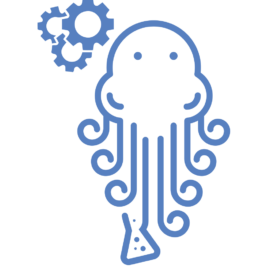Antonios Stellas, George Giannakopoulos, Vassilios Constantoudis
Abstract:
In this paper, we propose a scheme for the hybridization of domain modeling and theoretical knowledge in nanotechnology with Artificial Intelligence (AI) techniques and evaluate the success of its application to predict the relationship between nanosurface morphology and wettability. We utilize domain knowledge consisting of two parts. The first part is a mathematical modeling based on the inverse Fourier transform for the generation of rough surfaces with Gaussian or non-Gaussian height distributions, characterized by their first moments (Rms, skewness, kurtosis) and the correlation lengths along x and y-axes. The second part lies in the assumption that the Wenzel scenario for wetting of rough surfaces holds where the critical parameter for contact angle determination is the roughness ratio 𝑟, defined as the ratio of true (active) area of the solid surface to the apparent (projected) area. By creating different types of surfaces with a variety of input parameters, we create a database linking surface roughness parameters to the ratio 𝑟. This database is used to train Machine Learning (ML) models and validate them appropriately. Specifically, we train deep, feed-forward neural networks and random forest models and validate them on a separate (held-out) test dataset. We investigate systematically the amount of input data needed to get accurate predictions on the test data. We also evaluate the importance of different input roughness parameters with respect to their effects on surface wettability.

